Announcing Caverly Morgan's New Book!
We are so happy to announce that Peace in Schools Founder and Lead Contemplative, Caverly Morgan, will release her book The Heart of Who We Are: Realizing Freedom Together in late November and it is available for pre-order now!
Caverly’s book explores many of the elements that are guiding principles for Peace in Schools, including the way in which the same mindfulness practices that lead to personal freedom can–and must–be applied collectively. In this way, we use everything as an opportunity to liberate mind and heart. Through our individual and collective mindfulness practice, we practice being in relationship–with ourselves, with others–and this is how we transform our inner and outer world.
In this excerpt from The Heart of Who We Are, Caverly recounts a story about the impact of this from her earliest days of Peace in Schools:
“One day, while I was teaching the teens after school, the principal came by to observe what we were offering. It wasn’t the first time, and I had started to recognize my inner dialogue around whether he had concerns about what we were teaching.
I knew what we were doing was radical. We were teaching teens to recognize conditioned thought patterns; to unhook from the stories about themselves, each other, and life; and to explore who they truly are beyond who they’ve been conditioned to perceive themselves to be. There’s something deeply subversive about this.
As the principal hovered, I recall remembering to practice what I preached: noticing my thoughts; recognizing them as creations; consciously redirecting my attention to the breath, to “I don’t know mind,” to presence. I saw that there was no way for me to know if my stories about why he was there were “true.” “I don’t know mind” could be trusted. It was based on reality. It always is.
Returning the attention to reality, to the moment, allows us to be freed from the story that the world revolves around us. It frees us from looking through the habituated lens of limitation. It allows us to rest in being, to trust.
The principal, Brian Chatard, pulled me aside. It turned out that his response to what we were doing was far from a raised eyebrow. There had been a suicide in the school the year before. I learned that, though Brian knew little about mindfulness, it was clear to him that we were offering the students a form of wellness the institution lacked, and he wanted to reach more than a large handful of teens at a time. He saw a dire need to do so.
I knew that there was no way we’d reach more students as an after-school program, so I asserted that the class would need to be offered during the school day, just as any other credited elective course was. Having been a monastic and having never worked deeply in the belly of public education, I was unaware that this had never been done before. To me, it simply made sense.
Brian invited us to offer demonstration classes for tenth graders, to give them a taste of what a semester-long course in mindfulness might feel like. He said that if twenty to thirty students expressed interest in the class, he’d figure out how to weave it into the school day.
We were placed in the high school gym. I still don’t know why, but I didn’t question it. I recognized it as a grand opportunity. And on one particularly stunning spring day in 2014, students entered the gym dressed to play basket- ball, only to find yoga mats and meditation cushions in a circle.
We offered two days of demonstrations that included the attention practice. Somewhere near the end of each ninety-minute class, I dropped the phrase “You are not your thoughts.” The silence was profound, especially given the number of young people gathered in one place. You could almost hear their silent self- talk—the internal dialogue that often runs in the backdrop of our minds:
If you aren’t your thoughts, then who are you?
Their interest was piqued.
Brian called me several days later. “We’ve created a monster,” he said. “Over three hundred teens have signed up for your class and I have absolutely no idea what to do about it.” In the fall of 2014, we launched three sections of the first for-credit, semester-long mindfulness course in a public high school. Years later, our program is in eight Portland public high schools, offers trainings for adults, and continues to grow. And our curriculum still offers lessons about learning to direct the attention, taught before we dive into teaching formal meditation.
What’s one of the most important themes of the lesson focused on directing the attention?
Energy follows attention.” *
We invite you to celebrate the release of Caverly’s book along with us. You can learn more about The Heart of Who We Are, as well as pre-order your copy by clicking on the link below.
Pre-order The Heart of Who We Are
A portion of the proceeds from the sale of this book with go to Peace in Schools.
*This text was excerpted from the book The Heart of Who We Are: Realizing Freedom Together by Caverly Morgan. Copyright © 2022 Caverly Morgan. Reprinted with permission from the author and the publisher, Sounds True. The Heart of Who We Are will be released November 29th, 2022.
The views expressed in Caverly’s book are her own and do not represent the views of Peace in Schools.


